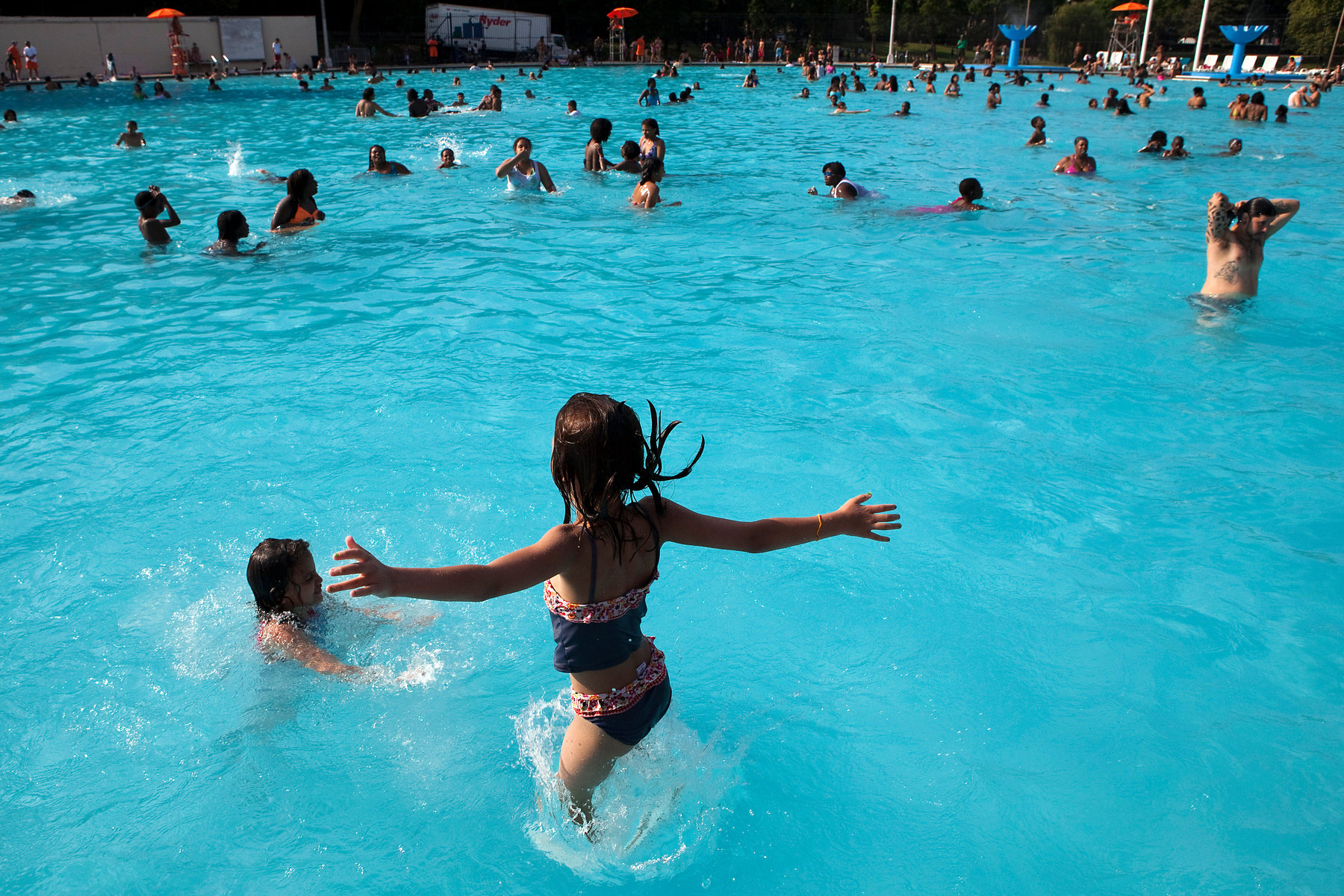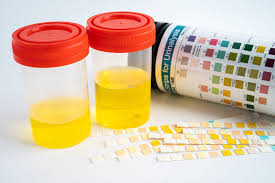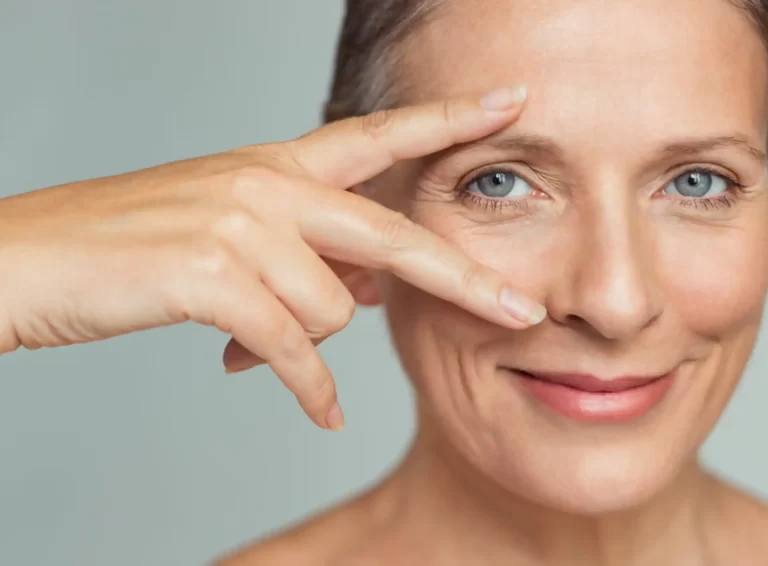
Having a pool at home is a beautiful privilege. Especially during weekends of extreme heat. The water bears witness to all moments of leisure, fun with friends, and tranquility with the family. But all of this comes with a price: maintenance, which must be done throughout the year. And you can’t always pay a professional to do this.
To help you keep the water always ready for a dive with chemicals like pool sanitizers for instance, we’ve separated 5 unique tips. See now how to clean the pool yourself.
- Remove leaves from the water surface
When the pool is left unprotected, leaves from the garden or even the rest of the mown grass can fall into the water. In addition to the dirty water appearance, this debris will decompose, especially when moistened. The result of this natural process is the contamination of your pool. To avoid changing all the water, it is essential to frequently remove the leaves from the water surface. You can use a special pool sieve to help reach the points away from the edges.
- Remove Slime From Water And Pool Walls
Stagnant water favors the multiplication of the slime. It can accumulate on pool walls as well as on the water surface. It is useless to use the vacuum cleaner in these cases, as it will only serve for the bottom. Likewise, turning on the automatic cleaning system can damage the equipment. In this case, it is worth repeating the first topic’s action and removing everything that is preventing the view of the pool bottom from the surface.
- Correct The Ph Of The Water
Correcting the pH of water is the first step in effectively cleaning it. There is no way to clean the pool without this control being done. This measurement allows the pool to remain clean longer, as well as the equipment connected to it. If the water has high acidity or alkalinity, bathers may experience skin and eye irritation. Likewise, the chemicals used for treatment will not be effective.
- How To Clean The Pool With Chlorine
Once the pH of the water is corrected, it’s time to treat it chemically. This is when you will use chlorine. The more contaminated the water is, the greater the amounts of this chemical should be. It will also be proportional to the volume of your pool. That is, the bigger it is, the more chlorine will be needed. Follow the manufacturer’s guidelines and never exceed the quantity. Too much chlorine can also be harmful to the skin.
- When To Use The Filter And Vacuum
Although they look like tools with the same function, the filter and the vacuum can be complementary. As cleaning the pool is a process done in stages, it is essential to differentiate between them.
The first one can be used constantly, as long as the pool has gone through the entire chemical cleaning process. The vacuum cleaner should only be used when it is possible to see the bottom of the pool and identify the dirt that resides there. Vacuuming huge objects can damage your equipment.




